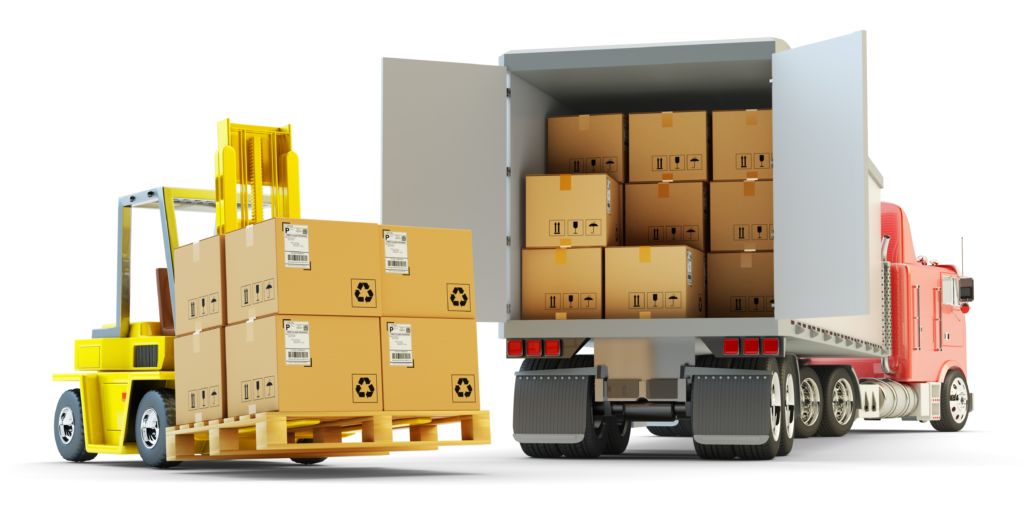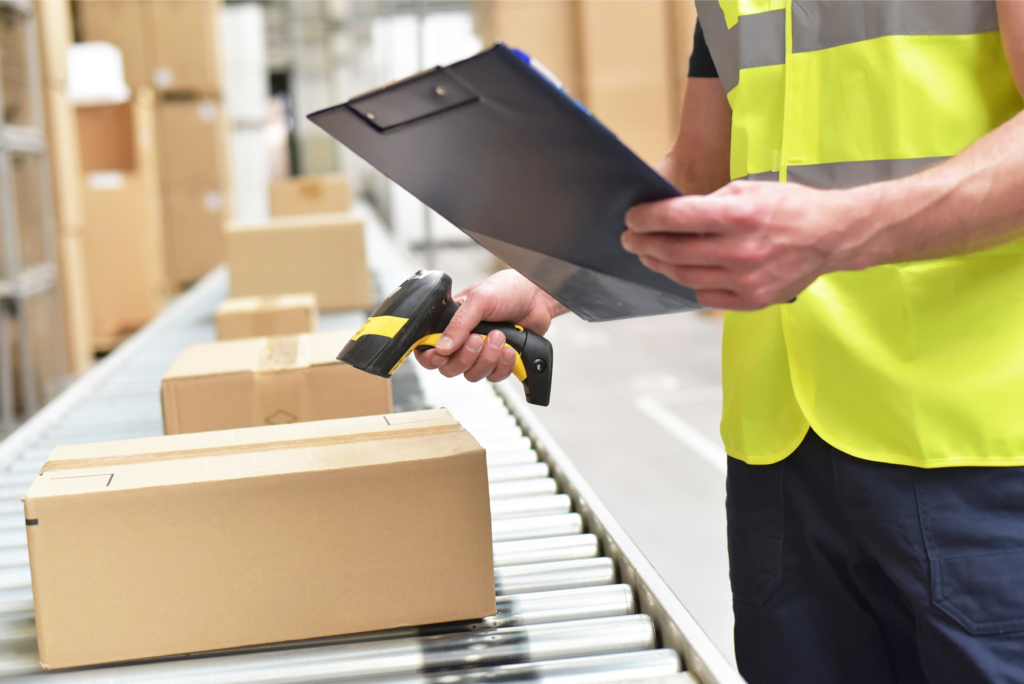
- Products
- Solutions
- Learn
- Partner
- Try Now
The year 2020 has brought a lot of ups and downs in the logistics industry. There have been several technological, managerial and operational changes that have transformed the sector bottom up.
We witnessed the rise of technologies like Artificial Intelligence (AI), Internet of Things (IoT), Industrial Automation, and Blockchain. Startups came up with innovative ways to apply these technologies to simplify their operations, and certainly, nothing negative has ever come out of this revolution.
The way businesses have evolved in recent times has been remarkable, especially during significant upheavals.
Let’s take a closer look at some of the latest advancements that have shaped the dispatch industry for the best. We will further discuss the impact of COVID-19 on the industry, and how it managed to triumph in the most adverse conditions.
The Rise in the Number of Orders.
When the lockdown was announced across the world, there was a dip in demand for logistics. All the movement of non-essential goods came to an abrupt halt. When the lockdown rules were ease, there was an instant surge in the number of orders, and as a result, in workload.
Since then, the orders have been increasing on the e-commerce portals, which increased the demand for logistics and dispatch related services. Apart from the rise in overall workload, the pressure created has also significantly increased.
To handle the ever-increasing complexities with operations, we have compiled some of the latest dispatch trends that have gained momentum in the post-pandemic era. Here’s the ultimate guide for your future operations!
Warehouse Automation
Robots augment humans’ work, thus allowing humans to focus on more complicated tasks. Leveraging robots for workload does not necessarily mean that they can take over the roles of all the blue-collar jobs.
Robots are designed to perform tasks that are either too hazardous or time consuming for humans. They are programmed to assist humans in ways that have only enhanced their proficiency at work.
This results in increased productivity, efficiency, safer operations, reduced operational cost, and better Return on Investment (ROI). COVID-19 has strengthened the use case for automated technologies.
Electric and Autonomous Dispatch Vehicles
To keep pace with the increasingly growing business, the industry needs smarter and dynamic technologies that determine the most appropriate vehicle for a particular fleet. Autonomous vehicles and delivery drones have gained a lot of attention in recent times. While Amazon, the e-commerce giant, is already leading in this capacity, the rest will soon follow its footsteps.
Autonomous dispatch addresses some of the most common last-mile delivery challenges, to provide a superior delivery experience in the most cost-efficient manner. In addition to autonomous vehicles, electric vehicles too have gained significance in operations.
Businesses with these highly proficient transportation technologies are now aiming for exceptional delivery with high maneuverability, small ecological footprint and low maintenance cost.
Although these two are yet to spread their wings in the dispatch industry, we’re anticipating a revolution that will change the course of logistics in the years to follow.

Predictive Analytics in Logistics
AI was originally developed to predict things; to find patterns and draw conclusions from the available data that no human could.
The dispatch industry, today, is more demanding than ever. The supply chains are expected to customise the shipment patterns and predict customers’ buying behaviour to enhance their shopping and last-mile delivery experience.
Therefore, the advent of predictive analytics helps the dispatch industry meet the increasing demand for such services. Several studies have also revealed the importance of data-driven decision across the supply chain activities.
Predictive analytics in dispatch software is used to enhance supply chain visibility, ensure on-time deliveries and formulate efficient contingency plans.
Warehouse automation and autonomous dispatch services are just two examples of its application in the industry. Having a reasonable estimation of the future demand can help organisations allocate resources and workforce accordingly.
New Safety Protocols for Interaction
While cash is still a preferred mode of transaction, most shoppers have switched to the digital payment modes since the outbreak. The contactless delivery and payment options have minimised human contact that prevents the spread of the virus.
Customers can also opt for the contactless delivery option, which means the agent can leave the essentials outside the door. The electronic proof of delivery has also eliminated the need for manual signatures and other on-ground formalities. Instead of collecting signatures, they collect the OTP from the receivers.

Internet of Things in Dispatch Industry
When it comes to revolutionary technologies, there are hardly any that come close to the Internet of Things (IoT). The number of internet-connected devices surpassed the human population long back. It is estimated that the number of such devices has crossed 30 billion already.
Smart IoT devices are being used everywhere from the warehouses to the delivery vans. These devices help to improve the coordination between the customers, vendors and managers.
As more and more internet-connected devices are being added in the supply chain, the entire logistics industry has become more efficient.
Rise of Blockchain in Dispatch Industry
- Decentralisation of data.
- Resilient to cyber attacks.
- Reduces the chances of data loss.
Blockchain is making logistics more efficient, faster and transparent than ever. It acts as a distributed ledger that records all electronic transactions and stores the information in blocks of data chained together.
The information stored properly facilitates shipment tracking, automates warehouse operations, global contracts and payment processing throughout the dispatch industry.
The best part about this technology is that everyone can access the data stored in a blockchain at the same time. This greatly reduces the chances of the loss of data.

Transparency and security of data are the two key aspects in the dispatch industry, and blockchain takes both of them to a whole new level.
Reverse Logistics
- Efficient return process drives customer loyalty
- Higher conversion rate
- Increased customer satisfaction
- Increased productivity
As the e-commerce industry is expanding due to the novel virus, there is an increase in the number of return requests for the products. In times like these, collecting the products from the customer has become even more complicated. This is where efficient reverse logistics software comes into play.
Efficient dispatch software like Tookan can help businesses make the return and exchange process much simpler, efficient and transparent.
Goodbye Cash on Delivery?
- Digital payments minimise the risk of infection
- Online payments are easy to track
- Online payments lower the risk of theft
Offline payment methods like cash or card on delivery are being discouraged. Payment gateways make it convenient for e-commerce companies and businesses to collect money from their customers. Though the offline payment modes will be there for long, the current industry trend is inclining towards the online mode of collecting payment.
Acceleration of New Trends
We’re all aware of these trends by now since our lives inadvertently depend on them in some way or the other. However, the way the industry evolved itself in less than a year is nothing but astounding.
The pandemic may have hit the industries badly, but these ground-breaking technologies gave them a second life, helping them stay afloat or even expand in an otherwise disruptive world. They found a medium to connect, communicate and deliver, which became the foundation of the ‘new normal.’
So, now that you know more about the trends, the next important step is to find one software or platform that supports such features. For this, delivery management software like Tookan can help you manage your logistics and dispatch services efficiently. It has hundreds of must-have features and comes at great pricing. Start your 14-day free trial today!
Subscribe to stay ahead with the latest updates and entrepreneurial insights!

Subscribe to our newsletter
Get access to the latest industry & product insights.





















